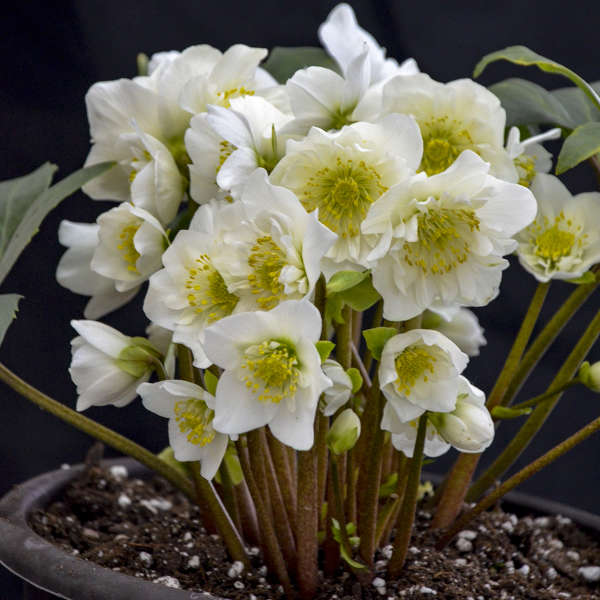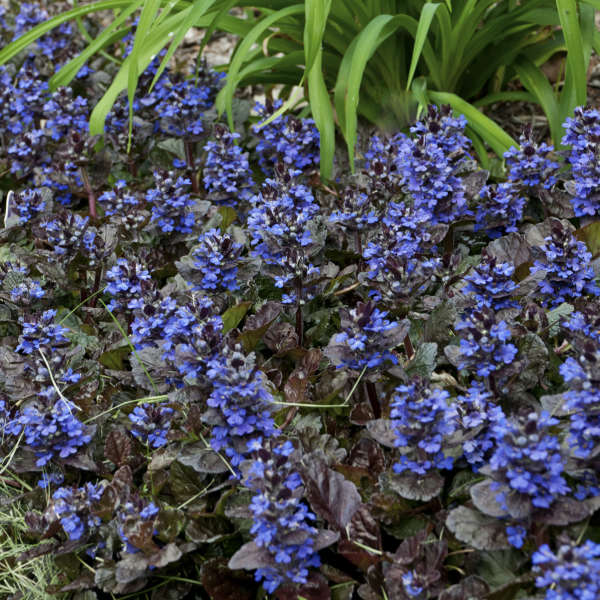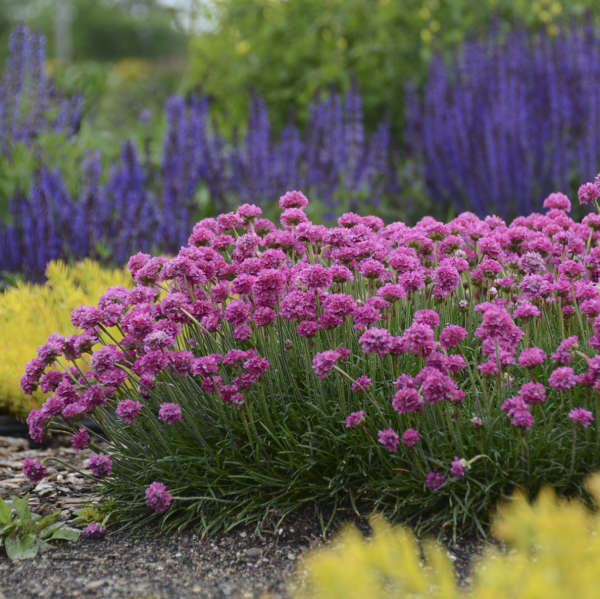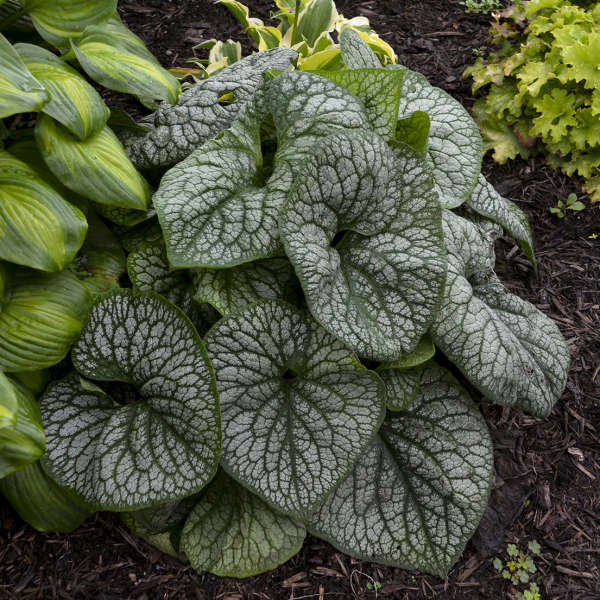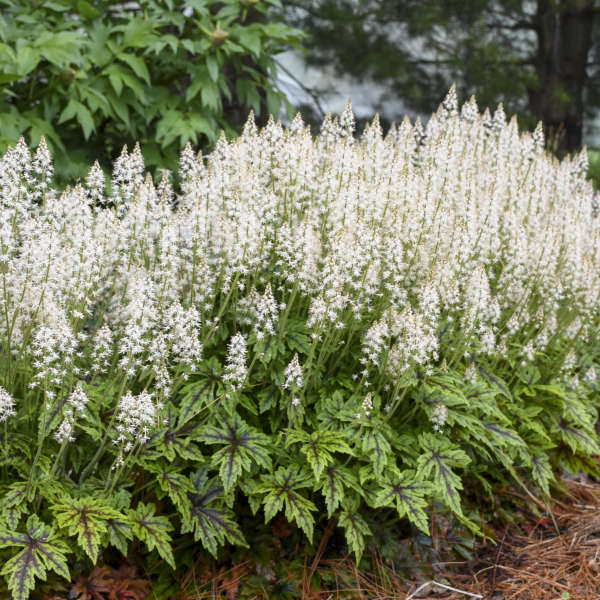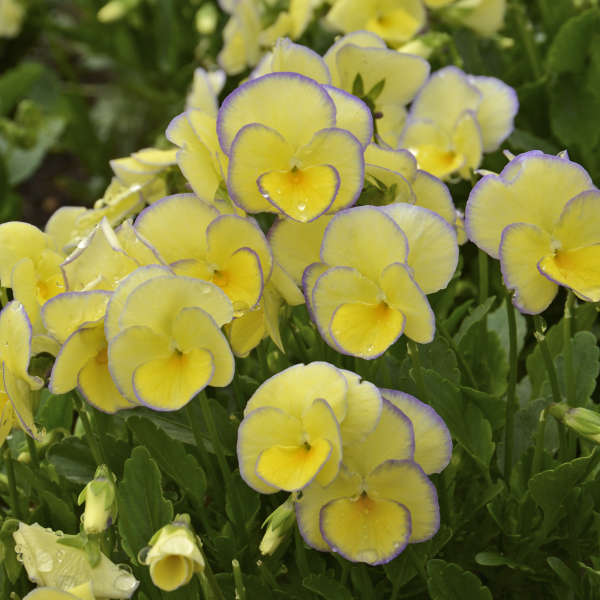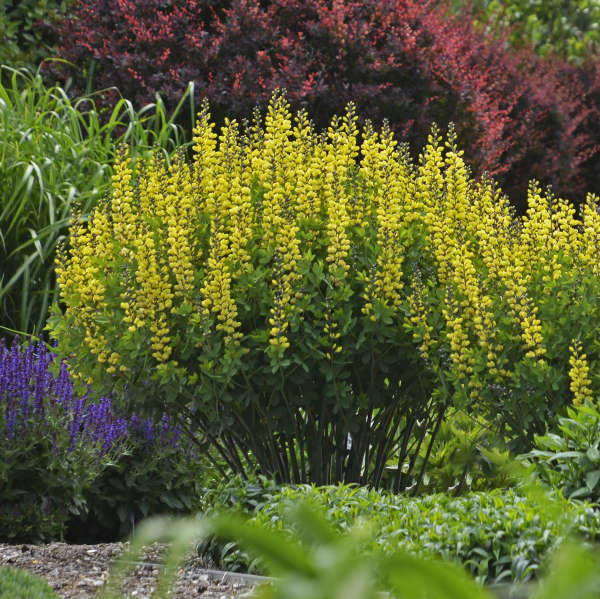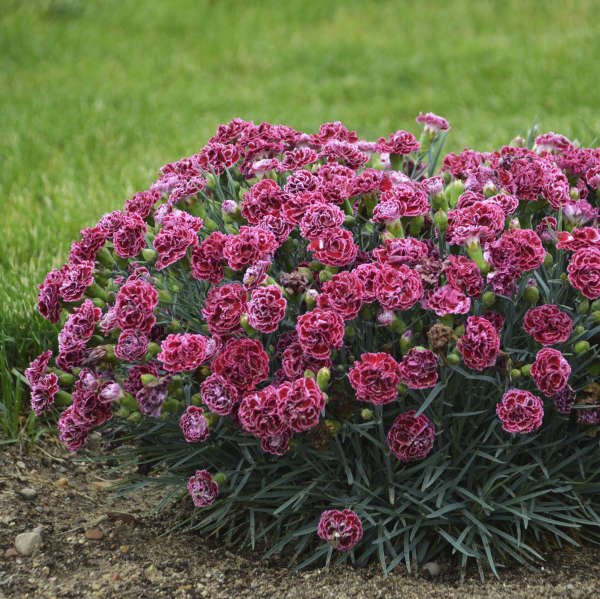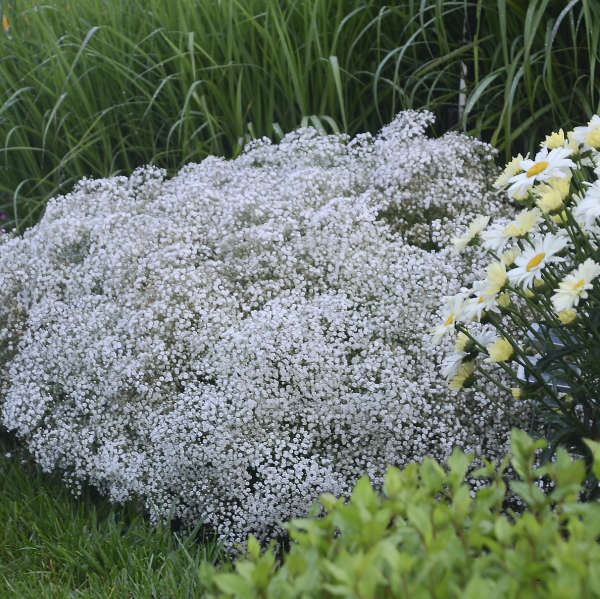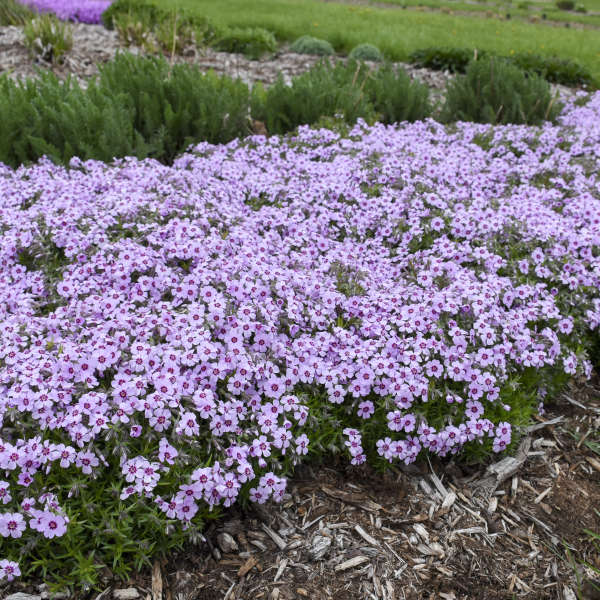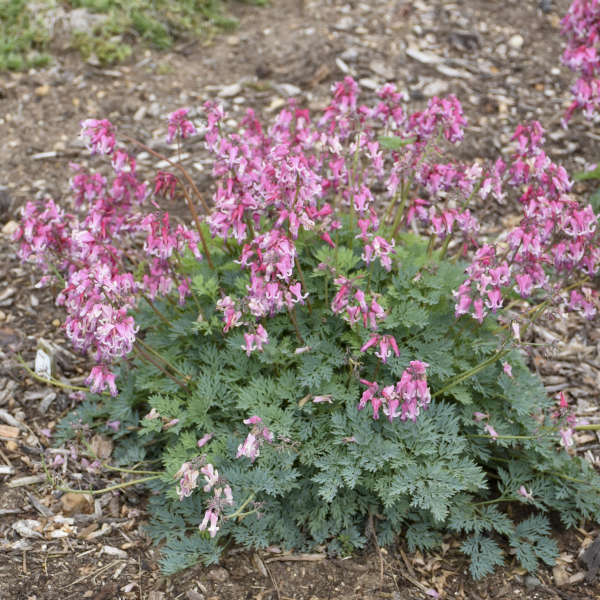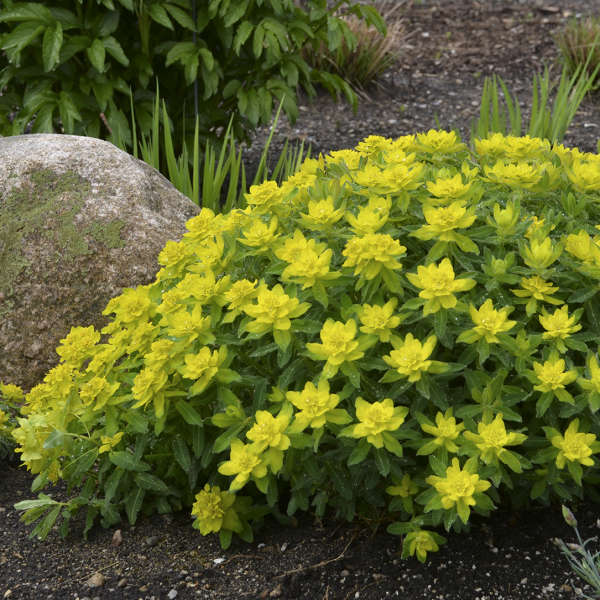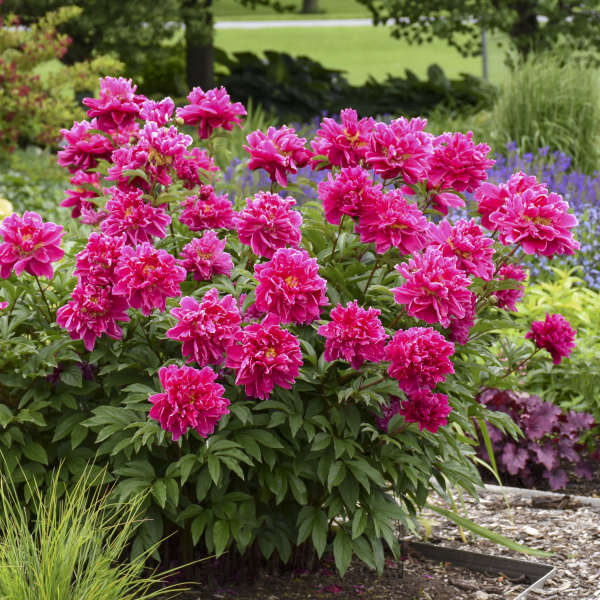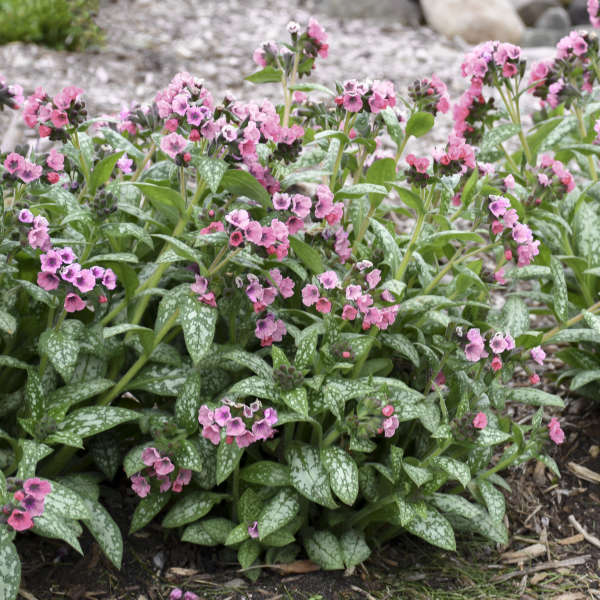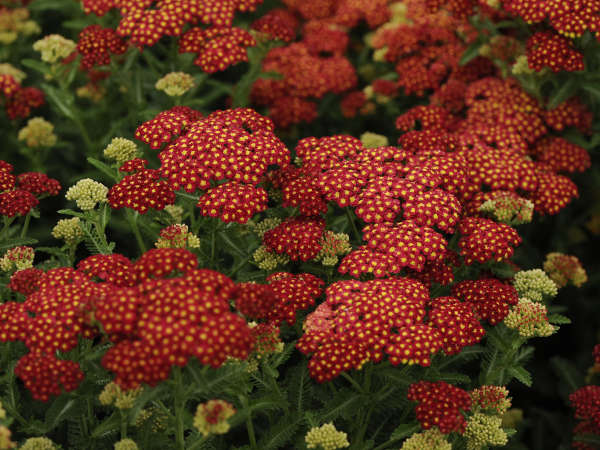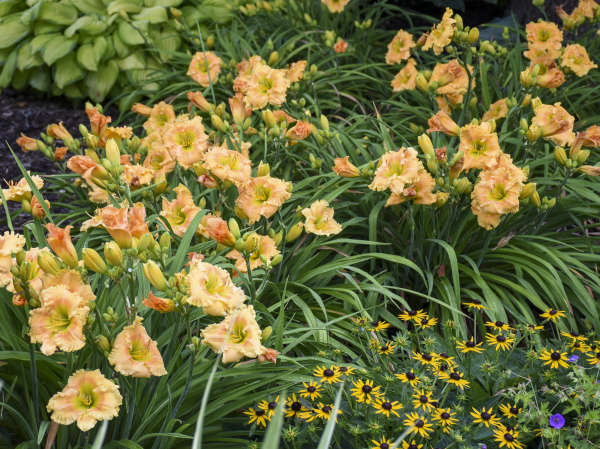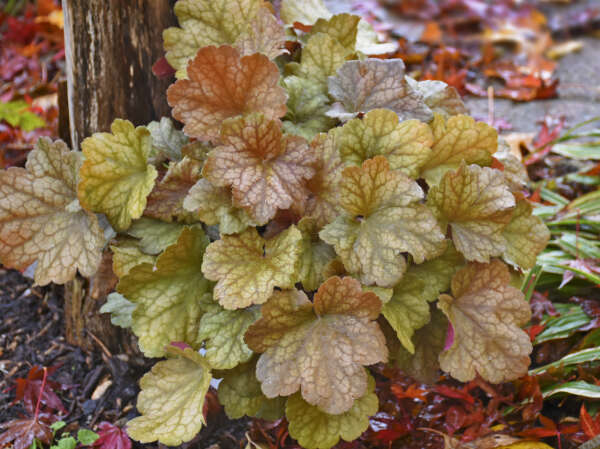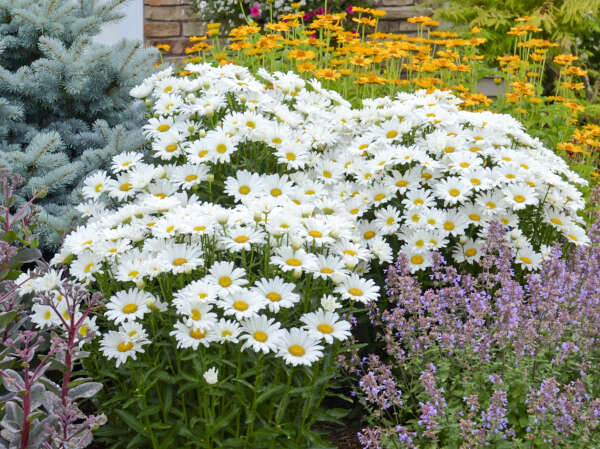Perennials for Spring
For those of us who live in parts of the country that experience long, cold, snowy winters, there's nothing quite like the incredible sense of hope that spring flowers bring.
-
1.
Hellebore (Lenten Rose)
Early Spring Color. Hellebores are the harbingers of spring, blooming for six weeks or more beginning in late winter. This is the perfect plant for naturalizing in moist, woodland areas where its extensive root system will spread as far as it is allowed.
Variety Pictured: Helleborus niger 'Snow Bells'
Learn More
-
2.
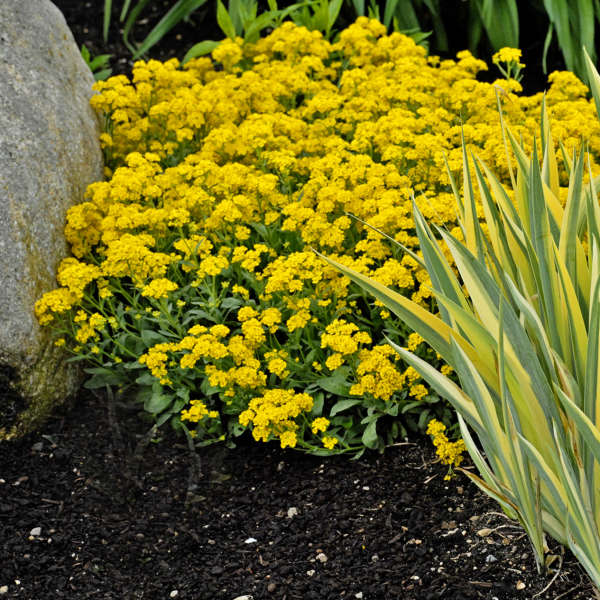
Aurinia (Perennial Alyssum)
Early Spring Color. A well-behaved and disease resistant groundcover, Aurinia is prized for its rousing floral display of tiny, canary yellow flowers borne in panicles just above the foliage. It forms fairly large, prostrate mounds of silvery-green leaves. It's especially attractive when planted on slopes or in the crevices of stone walls.
-
3.
Ajuga (Bugleweed)
Early Spring Color. A. reptans is an evergreen groundcover that can grow in the shade of large trees where grass is hard to establish. Unlike many perennials that are grown only for their flowers, Ajuga is prized for its attractive, colorful foliage that looks nice all year.
Variety Pictured: Ajuga reptans 'Black Scallop'
Learn More -
4.
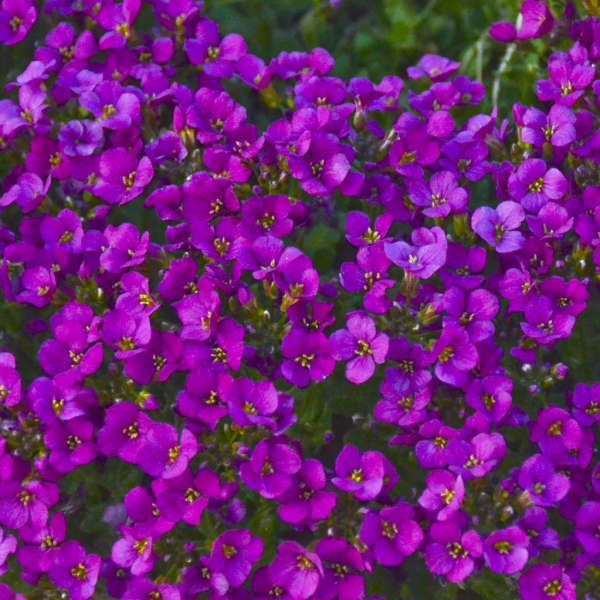
-
5.
Armeria (Thrift, Sea Pink)
Early Spring Color. As its name implies, Sea Pinks are found naturally along coastlines where few other plants can handle the high salt concentration. Inland, this attribute makes them useful for planting along sidewalks or driveways that are salted in winter. They are also good candidates for rock gardens, troughs, or between pavers.
Variety Pictured: Armeria maritima 'Bloodstone'
Learn More -
6.
Heartleaf Brunnera
Early Spring Color. Brunneras are classic perennials that are treasured for their shade tolerance and lovely blooms. They make a fantastic groundcover, though the variegated forms may be slower to spread than the species. Try growing them in containers too so they will be close at hand when you want to snip a few blooms for a spring bouquet.
Variety Pictured: Brunnera macrophylla 'Jack of Diamonds'
Learn More

-
7.
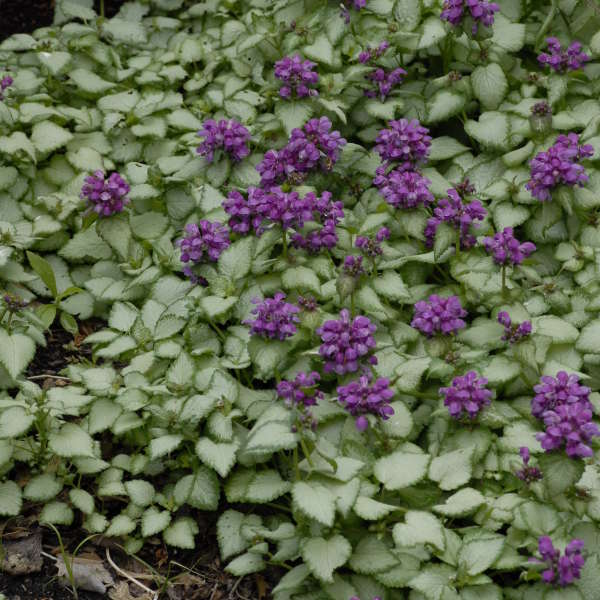
-
8.
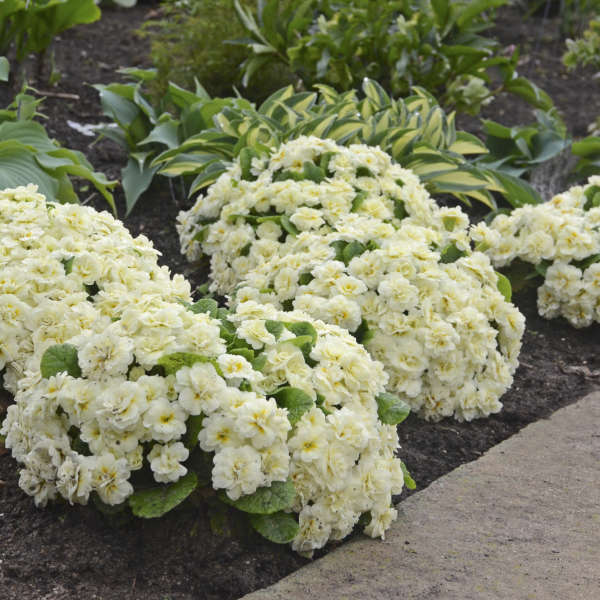
-
9.
Tiarella (Foamflower)
Mid Spring Color. Tiarellas are riding on a tidal wave of popularity thanks to their shade tolerance, unusual leaf shape, dramatically marked foliage, repeat flowering, and light fragrance.
Variety Pictured: Tiarella 'Cutting Edge'
Learn More

-
10.
Viola (Violet)
Mid Spring Color. Violas grow best in cool, moist, shady environments. In the north, plants can tolerate full sun but prefer partial to full shade. Shade from decidous trees is ideal because the plants growing below receive full sun in the spring, followed by protection from the harsh summer sun once the trees get their leaves. In the south, violas should be grown in partial to full shade and mulched to help the soil stay cool and moist.
Variety Pictured: Viola 'Etain'
Learn More -
11.
Baptisia (False Indigo)
Late Spring Color. Baptisia is easy to grow and will thrive with little maintenance. There are many potential applications in the landscape including meadow plantings, as a backdrop in borders, or as a specimen. The plants are very long-lived once established.
Variety Pictured: Baptisia DECADENCE® 'Lemon Meringue'
Learn More

-
12.
Dianthus (Pinks)
Late Spring Color. Dianthus can be grown in full sun or part shade, but the foliage will not be as lush and fewer flowers will be produced if it is grown in hot, dry areas. Regular watering during prolonged dry spells will be necessary. However, they are tolerant of short periods of dryness.
Variety Pictured: Dianthus FRUIT PUNCH® 'Cherry Vanilla'
Learn More

-
13.
Gypsophila (Baby's Breath)
Late Spring Color. Baby's Breath has long been valued as a filler plant in perennial border gardens and also as a long-lasting cut flower. It makes the perfect cover up for dying bulb foliage or for perennials, such as poppies or bleeding hearts, that go dormant in summer. Baby's Breath also makes an excellent dried flower.
Variety Pictured: Gypsophila paniculata FESTIVAL STAR®
Learn More
-
14.
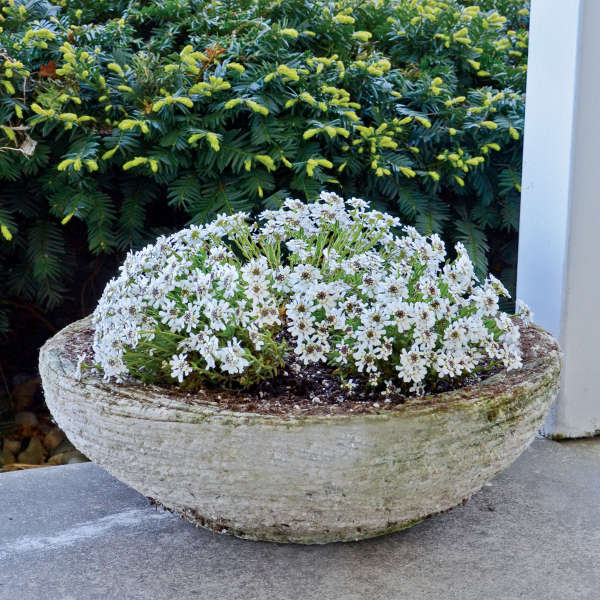
-
15.
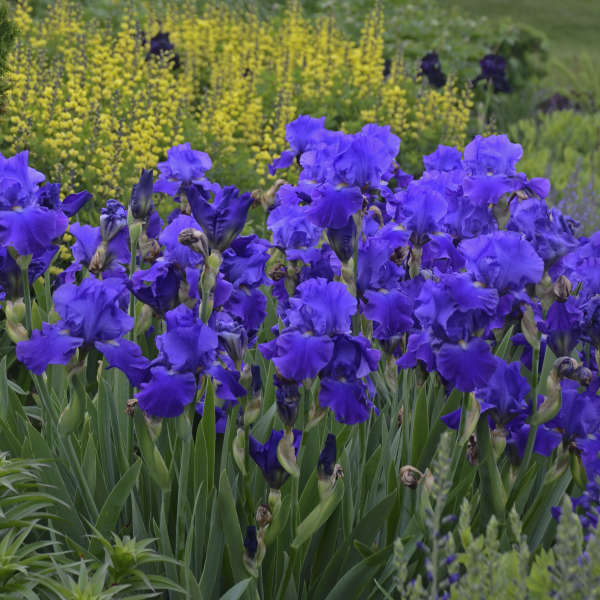
Tall Bearded Iris
Late Spring Color. No garden would be complete without Tall Bearded Irises. Though they have been grown for decades, new and improved hybrids continue to be developed every year and fabulous color combinations have been achieved. The Tall Beardeds bloom after the Dwarf Irises but before the Japanese and Siberian Irises. They are wonderful accent plants for late spring gardens.
-
16.
Creeping Phlox (Phlox subulata)
Late Spring Color. Creeping phlox is a low-growing species which forms a carpet-like mat no taller than 6 inches. This popular little perennial is best utilized in rocky areas, on slopes, and in flower borders.
Variety Pictured: Phlox subulata 'Eye Candy'
Learn More
-
17.
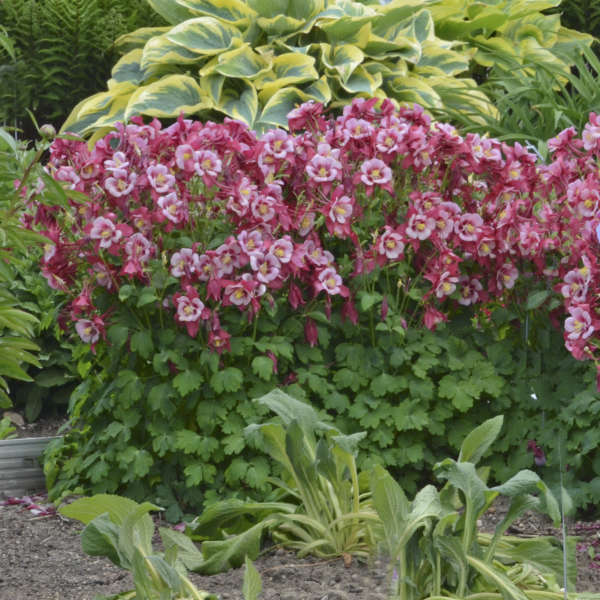
-
18.
Bleeding Heart (Dicentra)
Late Spring Color. After putting on this fantastic display, Old-Fashioned Bleeding Hearts usually go dormant until the following spring. However, if plants are kept well-watered during the spring, dormancy may be delayed until late summer or early fall. Other bushy perennials, such as Hosta, Geranium, or Sedge, should be planted nearby to fill in the resulting gaps.
Variety Pictured: Dicentra 'Pink Diamonds'
Learn More

-
19.
Euphorbia (Cushion Spruge)
Late Spring Color. Cushion Spurge gets its name from its cushion-like, perfectly dome-shaped habit. In late spring, the pale green leaves are topped with chrome-yellow bracts that shine brightly in the garden. If sited correctly, the leaves will turn red in the fall. A good selection for northern gardens and it is extremely drought tolerant.
Variety Pictured: Euphorbia polychroma
Learn More -
20.
Garden Peonies (Paeonia)
Late Spring Color. Peonies are classic garden plants that add a bit of nostalgia and charm to the garden. Their fragrant blooms and lush foliage have made them popular for years, and with the recent resurgence in breeding, they will continue to improve. Peonies are simple to grow and can be utilized in many ways, including mass plantings, specimens, or hedges. By choosing a mixture of early, midseason, and late blooming varieties, you can have blooms for up to 6 weeks.
Variety Pictured: Paeonia 'Karl Rosenfield'
Learn More -
21.
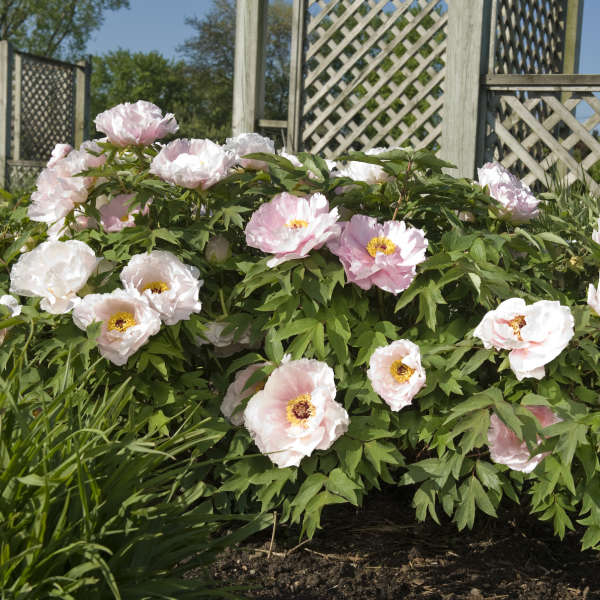
Tree Peonies (Paeonia suffruticosa)
Late Spring Color. Tree peonies differ from garden peonies in that they have woody stems like a shrub. The branches do not die back to the ground in winter as do the herbaceous varieties. Exotic, uniquely colored, and often fragrant blooms are produced in late spring, about two or three weeks before the garden varieties.
-
22.
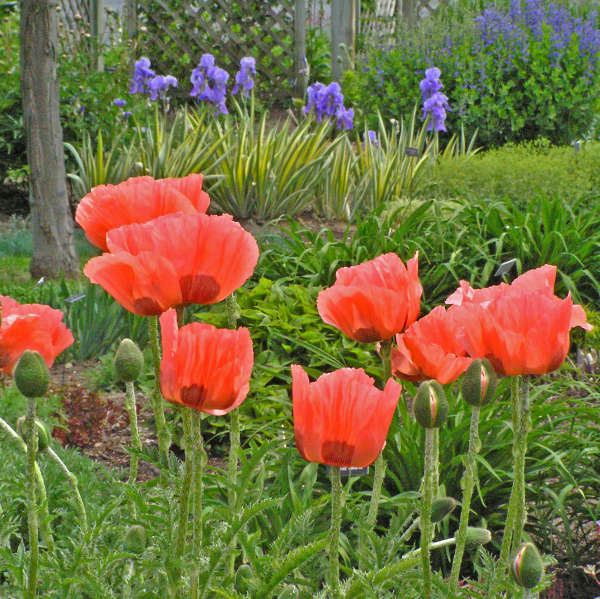
Papaver orientalis (Oriental Poppy)
Late Spring Color. In the center of a poppy's flower rests a very large, velvety-black seed capsule surrounded by prominent, dark purple stamens. Altogether, these flowers absolutely steal the show when they are in bloom. After the bloom cycle is completed however, these perennials will go dormant, so plan on planting other plants nearby to fill in the gaps.
-
23.
Pulmonaria (Lungwort)
Late Spring Color. Pulmonaria is an underused perennial that grows well in shady gardens. It is especially attractive when planted among hostas, ferns, and brunneras. Its flowers are among the most brilliantly colored blossoms of all perennials.
Variety Pictured: Pulmonaria 'Pretty in Pink'
Learn More
